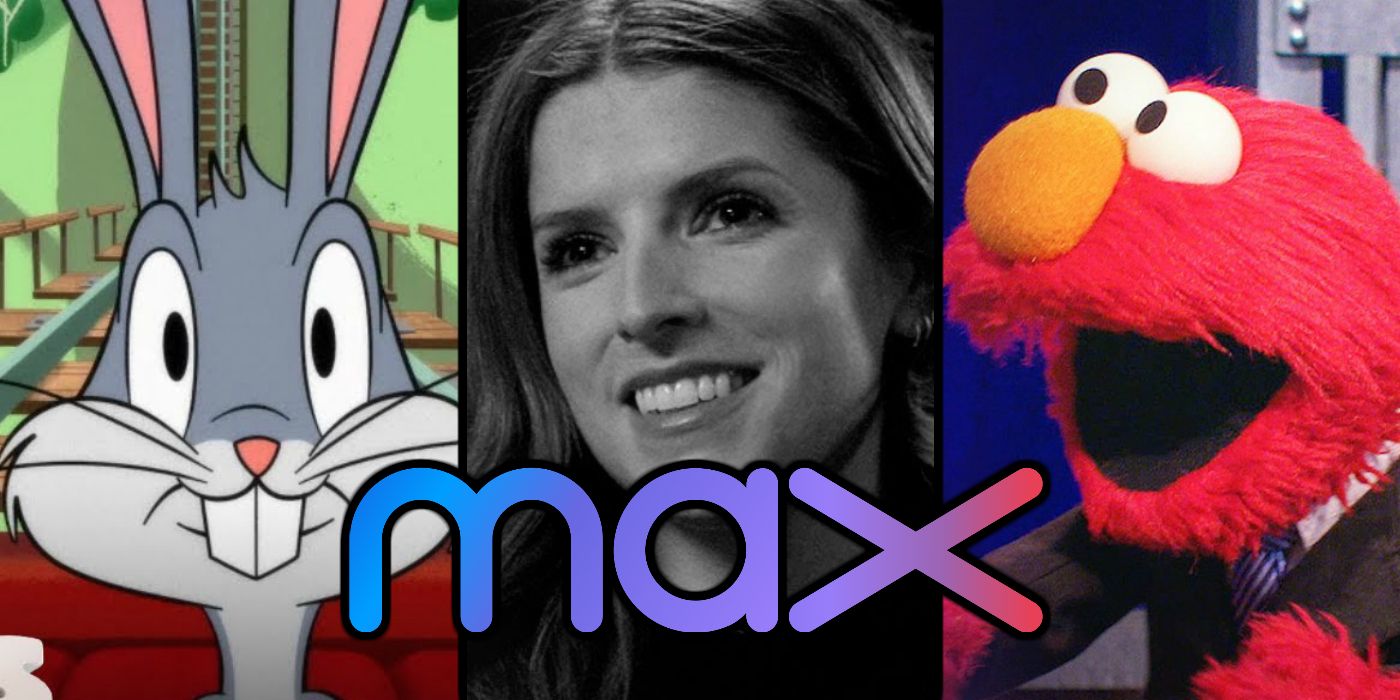To improve your English ability in this area, you can take a subject verb agreement quiz or do a subject verb agreement worksheet. Have you ever wondered why we say She looks very pretty and not She look very pretty? The answer lies in grammar rules on concord, or subject-verb agreement. The basic rule is that singular verbs must agree with singular nouns, while plural verbs must agree with plural nouns.
It is a word to name people, places, events, things or ideas. The rule also makes it sound as if plural agreement is of importance in all tenses. Except for the case of the verb be, subject-verb agreement only takes place in the present tense.
So, what we really need to remember, if we simplify the situation somewhat, is to put an -s on the verb in the third person singular . How do we know in each and every case whether the subject is singular or plural? Have you ever wondered why we say, She looks very pretty and not She look very pretty? The answer lies in grammar rules on concord or subject-verb agreement. The two places where subjects and verbs most often disagree are in number and tense. If the subject is plural, then the verb also has to be plural.
Likewise, if the subject is plural, then the verb must also be plural. This seems like a no-brainer, but things can get complicated when you are talking about money, time, collective nouns, indefinite pronouns, and interrupting phrases. Generally, every sentence in English Grammar contains a subject and a verb. So the verb should agree with its subject in number and person . The basic rule in English is that singular subjects take singular verbs, and plural subjects take plural verbs.
What Is Subject Verb Agreement In English Grammar Rule-19 If the subjects who join are of different people, the verb corresponds personally and corresponds to the noun that is closest to it. In addition, it is necessary to concern the plural substrate closest to the verb. Rule-12 Normally, in a sentence, the subject is always in front of the verb, but sometimes they can reverse this order, so that the verb is in front of the subject. Rule-1 If many, many, many, most and some refer to pluralistic numbers, a plural is used. For example, if both subjects represent a single idea or a single person or thing, then the verb must be singular.
For example; The correspondence of the verb with the subject is an important concept in English grammar. We hope that this brief contribution on Subject Verb Agreement will be beneficial for the students. A collective noun must be used according to the meaning with a singular or plural verblage. If the idea conveyed in the sentence is singular, then the verb is singular. If the individuals in the collection are plural, then the verb used should be plural. For example; Article 15 The article "THE" is used only once when both names relate to the same person or thing.
If the two names are for different people or things, the article "THE" is used before each name. Each is often followed by a prepositional phrase ending in a plural word , thus confusing the verb choice. Each, too, is always singular and requires a singular verb. Singular subjects need singular verbs, while plural subjects require plural verbs.
'Be' verbs change the most according to the number and person of the subject. Other verbs do not change much on the basis of the subjects except the verbs of the simple present tense. If the subjects are a third person singular number, the verbs are used with s/es when they are in simple present tense. The verbs with s/es in the sentence are called singular verbs.
The first rule to remember is that a singular subject goes with a singular verb and plural subjects go with plural verbs. This is important so that the singular or plural verb agrees with a singular or plural subject. A verb with s is usually plural as in runs, swims, carries, etc. Remember, when the subject is singular, use a singular verb and when the subject is plural, use a plural verb. If you remember this simple rule, it will be easy for you to both spot and avoid subject verb agreement errors.
Whether you're writing or speaking, it's important to use the verb form that matches with a sentence's subject. In the present tense for example, singular nouns and plural nouns each require a different verb form. Please note that it is always the first verb in the verb phrase functioning as predicate verb that agrees with the subject. Finally note that since my auntie and my uncle is a conjoined noun phrase, we have two noun phrase heads, namely auntie and uncle. The indefinite pronouns anyone, everyone, someone, no one, nobody are always singular and, therefore, require singular verbs. Subject verb agreement with plural indefinite pronouns are also important to understand.
Below are a few examples of these types of sentences. It's also important to know subject-verb agreement sentences with singular indefinite pronouns. When regarded as a unit, collective nouns, as well as noun phrases denoting quantity, take singular verbs.
In a case like this, that is, when we have two conjoined noun phrases functioning as the subject, we want the verb to agree with the closest noun phrase head. The two singular noun phrases in each example are highlighted , and so is the singular verb. The corresponding plural verb appears within parentheses, to indicate that this is an alternative in less formal types of writing and speaking. When collective nouns are singular, use singular verbs. When collective nouns are plural, use plural verbs. Singular subjects go with singular verbs while plural subjects go with plural verbs.
A singular subject takes a singular verb, whereas a plural subject takes a plural verb. Most indefinite pronouns are treated as singular subjects. However, some are always treated as plural, as they refer to multiple items or amounts. That leaves Sarah is going to the summer school. This sounds a lot better than Sarah are going to the summer school.
Here are a few more examples of singular or plural verbs and subjects with interrupting phrases. When a writer begins sentences with "there" or "here," the verb agreement must match the words that follow. If a singular noun follows, use a singular verb.
The best way to find subject-verb agreement errors is to find your subject and verb and see if they agree in number . It is useful to be aware of this while writing so that you do not end up with having to meticulously go over your sentences looking for these errors. Present simple tense, we have to use plural verbs (verbs ending in –s) with the third person singular subjects.
An indefinite pronoun refers to something unspecified. Many indefinite pronouns take a singular verb; however, there are exceptions. In some cases an indefinite pronoun needs a plural verb. One of the most common English grammar errors involves subject-verb agreement.
Subject-verb agreement errors can sometimes be difficult to find, especially in written and spoken sentences that sound correct. Sub verb agreement needs to happen in every correct English sentence, otherwise, the sentence is incorrect. So, how do you know if the subject-verb agreements are correct?
The following subject-verb agreement examples will help you better understand how the verb agrees with the subject. The indefinite pronouns anyone, everyone, someone, no one and nobody are always singular and take singular verbs. The basic principle of subject-verb agreement is simple. If the subject is singular, it should be followed by a singular verb. If the subject is plural, it should be followed by a plural verb.
However, there are several cases where the facts are more complicated than this. Otherwise, subject-verb agreement would not be such a big issue for people writing in English. Some of the more important of those more complicated cases will now be listed and exemplified, and, in some cases, briefly discussed. The pronouns she, he, and it are examples of third person singular subjects, and the -s on talks indicates that talks is a third person singular verb. Exceptions to the subject-verb agreement do occur. The rule states that a singular subject should have a singular verb and a plural subject should have a plural verb.
Singular nouns go with singular verbs while plural nouns go with plural verbs. The pronoun referring back to a singular indefinite verb is usually singular. However, this can be a problem when the sex of the person is unknown.
And hence plural pronouns are now used to refer to indefinite pronouns in a less formal style. From the above examples, we see that singular subjects must agree with singular verbs. Subject and Verb must agree with each other in a sentence for the logically and grammatically correct order. The subject the kid is third person singular, since the head of the noun phrase functioning as the subject is the third person singular noun kid.
Therefore we use the third person singular verb form talks. Agreement based on grammatical person is found mostly between verb and subject. For example, you can say "I am" or "he is," but not "I is" or "he am." This is because the grammar of the language requires that the verb and its subject agree in person.
The pronouns I and he are first and third person respectively, as are the verb forms am and is. The verb form must be selected so that it has the same person as the subject. The pronouns neither and either are singular and require singular verbs even though they seem to be referring, in a sense, to two things. Some indefinite pronouns — such as all, some — are singular or plural depending on what they're referring to. (Is the thing referred to countable or not?) Be careful choosing a verb to accompany such pronouns.
Shouldn't Joe be followed by was, not were, given that Joe is singular? But Joe isn't actually here, so we say were, not was. The sentence demonstrates the subjunctive mood, which is used to express things that are hypothetical, wishful, imaginary, or factually contradictory. The subjunctive mood pairs singular subjects with what we usually think of as plural verbs. Some collective nouns, such as family, couple, staff, audience, etc., may take either a singular or a plural verb, depending on their use in the sentence. People often get confused when deciding whether a singular or plural verb should agree with some collective nouns.
You should look for the real subject in the sentence. For example, in the sentence "There are fifteen students in the room today," the real subject is "students," so the word "there" is treated as plural. However, in the sentence "There is a penny on the sidewalk," the real subject is "penny," so the word there is treated as singular. Often the verb does not directly follow the subject, which can lead to agreement mistakes.
Make sure to match the verb with the correct subject, especially in long sentences with phrases or clauses in between subject and verb. Shouldn't Joe be followed by was, not were, given that Joe is singular? But Joe isn't actually here, so we say were, not was. The sentence demonstrates the subjunctive mood, which is used to express a hypothetical, wishful, imaginary, or factually contradictory thought.
In this sentence the singular subject is Sarah, so the verb should be the singular verb is. The confusion comes from the interrupting phrase, as well as her sisters, which makes the subject sound like a plural subject. The best method to spot this mistake is to simply remove the phrase between the commas. Remember, do not use a plural verb in a sentence with a singular subject and always use a singular verb with a singular subject. The indefinite pronoun none can be either singular or plural – it doesn't really matter whether it is followed by a singular verb or plural verb.
Some writers may find that matching indefinite pronouns with the appropriate subject and verb can be difficult. There are some occasions when we should use plural verbs. When two or more plural subjects are connected by and, the verb is plural.
Plural nouns of Latin origin take plural verbs . The word data can take both a singular verb or a plural verb. When the subject of the sentence does not agree in number with the verb, the sentence lacks subject-verb agreement.
To preserve the subject-verb agreement, singular subjects take verbs marked for singular. Plural subjects must have verbs that are marked for plural. A relative pronoun ("who," "which," or "that") used as a subject of an adjective clause takes either a singular or plural verb in order to agree with its antecedent. In most of the tutorials on subject-verb agreement, at least I feel, the explanation is wrong. On other places you may find people telling you that if the subject is singular, the verb is singular and if the subject is plural, the verb is plural.















































